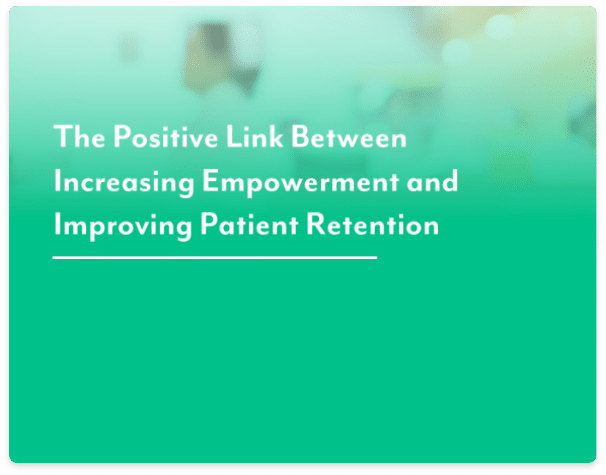Better regulation on healthcare cost communication had been a long time coming when it finally went into effect January 1, 2022. According to a investigation conducted by Kaiser Health News 100,000 Americans, roughly 40% of the US adult population, is saddled with medical debt. Due to the unplanned nature of health crises, something like a car accident or an unexpectedly complicated birth can leave families in financial turmoil. The Federal government is finally stepping in with a new set of legislation, which is likely to be only the beginning of a new trend.
The No Surprises Act
Healthcare spending in the US is over double the average per person spend in every other developed country, and part of that is due to the tangled web of how healthcare costs are calculated and regulated. The No Surprises Act (NSA), passed on December 27, 2020, provides federal protections against surprise medical bills, defined by the act as those arising from out-of-network charges assigned without the knowledge and consent of the patient. According to the Kaiser Family Foundation (KFF) out-of-network charges occur in about 1 in 5 emergency room visits.
Also according to KFF, the NSA protects consumers from surprise medical bills in two ways:
- By requiring private health plans to cover these out-of-network claims and apply in-network cost sharing. The law applies to both job-based and non-group plans, including grandfathered plans.
- By prohibiting doctors, hospitals, and other covered providers from billing patients more than the in-network cost sharing amount for surprise medical bills.
Some economists anticipate that the NSA will drive healthcare prices down, but other predict that this act will lead some providers to raise overall prices in the face of reduced compensation.
The Transparency in Final Coverage Rule
Another piece of consumer protection legislation went into effect even more recently. The Transparency in Final Coverage Rule issued by The Centers for Medicare & Medicaid Services (CMS) took effect July 1, 2022. This rule requires health insurance companies to disclose pricing for covered services and items, including the rates they have negotiated with participating providers. This means that informed patients can investigate pricing and, in theory, choose providers with better negotiated prices.
So What Does This Mean For Me?
While the moves by the Fed leave many healthcare consumers rejoicing, some providers are unsure about the ramifications for their practice or healthcare system. What all of this really boils down to for providers is price transparency. Anything you can do to communicate pricing more clearly to your patients in a timely manner and to demystify the billing process will place you ahead of the pack as this trend continues. Some experts are recommending that practices turn to artificial intelligence to better handle the changes needed. We can’t wait to tell you all about some of the specific ways to prepare in our next post in this series, so be sure to subscribe for notifications on that next blog post in about a week. Until then, check out our website to explore our many check-in, payment, and intake solutions.
{{cta(‘df5b8ad6-8507-4f49-a67c-a417c48e920d’,’justifycenter’)}}







